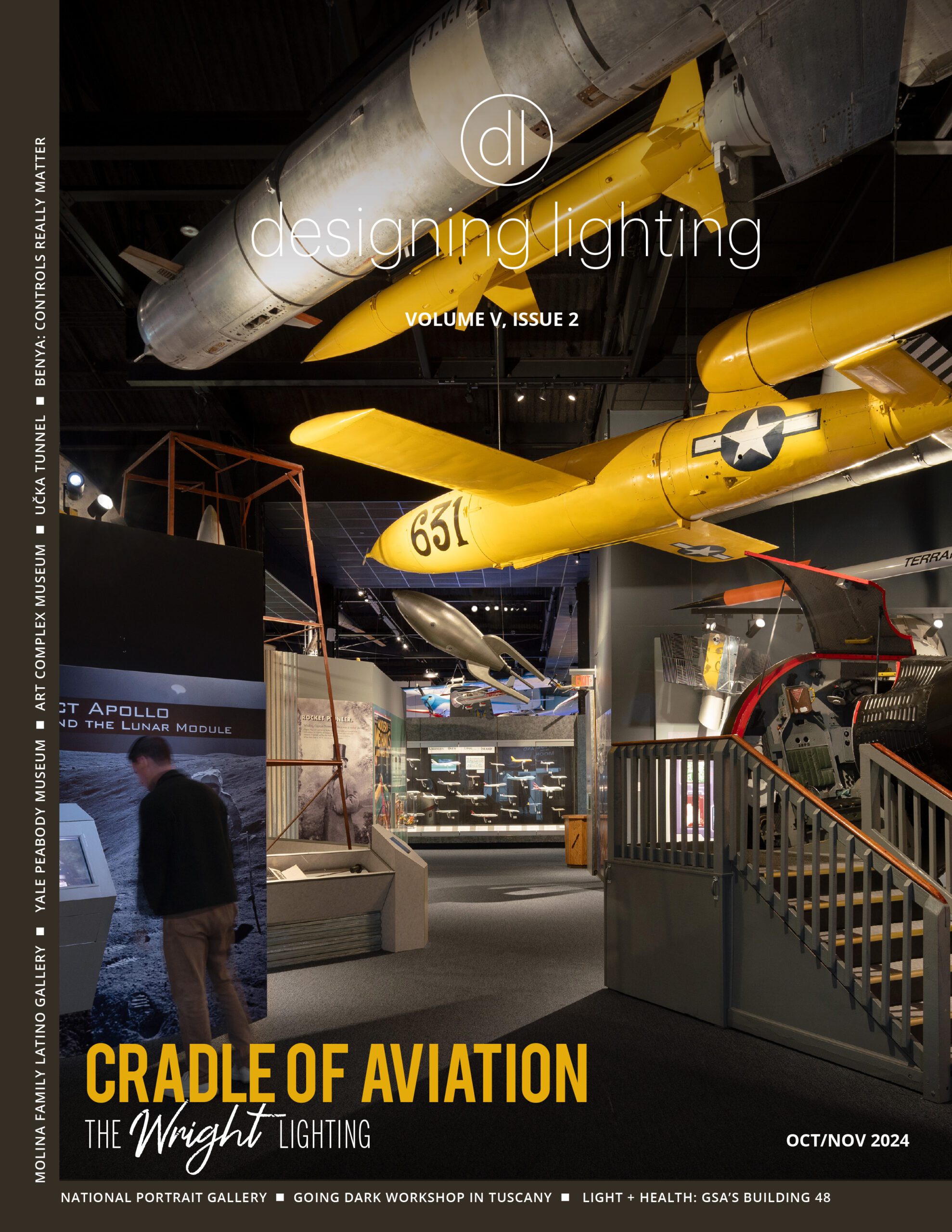Could a COVID-Conscious Rating System for shared interiors help us feel more secure in shared spaces during the pandemic?
As the season for outdoor gatherings quickly draws to a close, people may again consider gathering indoors — despite the risk. So how do we avoid another global outbreak and lockdown?
As an architect and technology entrepreneur, I asked myself: What would help me feel comfortable going back to the office, meeting friends for dinner, sending children to school or visiting grandparents? I believe the answer lies in the deployment of a user-friendly COVID-Conscious Indoor Quality Rating System that will grant people the opportunity to objectively assess their risk of the ability to safely to go to work, attend school, or be indoors with an extended social circle. The rating system would investigate various building parameters ranging from air and people turnover to UV disinfecting devices.
Such transparency about how spaces are rated and classified will boost confidence and provide valuable information around the safe return to shared spaces such as offices, restaurants, schools and stores. It would evaluate the relationship between occupancy, space, its ventilation, and what measures are taken to combat the virus. This universal COVID-Conscious Indoor Quality Rating System can analyze any indoor space, allowing people to autonomously determine their personal risk tolerance when deciding what indoor spaces they will occupy this winter. For example, the COVID IQ Safety Rating would show whether our choice of restaurant is riskier or not than a trip to the grocery store.

Courtesy of Intellego Technologies
Rating systems are commonplace and impact our lives on a daily basis — we use them to evaluate everything from the restaurants we choose to dine in, to the food we eat, to the buildings we occupy, such as LEED, WELL or Living Building certified spaces. To ensure confidence in this new COVID-Conscious Safety Rating System, it is critical to use simple, clear, transparent parameters and data to create a standardized, objective approach.
The ability to collect and analyze all this data will result in a reliable classification system on a scale of 1 to 10 (with clear parameters for each rating). We have 5-star ratings for hotels and Michelin stars for restaurants. Office spaces are also graded by Class, anything from a Class A+ to a Class C building, and depending on the rating, the operator/owner can charge more money for its use and people can make informed decisions.
We understand that COVID transmission is about exposure to the virus. Although there is no method proven for 100% prevention, general CDC guidelines suggest exposure should be no more than 15 minutes at a distance of at least 6-ft. That said, there are essentially three main factors determining transmission: size of space, quality of ventilation (air flow e.g. HVAC equipment and exchange/ turn-over of fresh, uncontaminated air) and density of occupants (people & turn-over). In addition, we should also look at what additional measures can be taken to combat the virus such as UV-C disinfection lighting. While UV-C is still a new technology having a framework for evaluation provides confidence and could help with wider adoption if implemented effectively.
Architects and mechanical engineers are trained to assess spaces. They should know the size and type of HVAC equipment, whether UV-C disinfecting devices have been installed near the coils and know how much air turnover or air refreshment rate the space has. They should also know if UV-A disinfecting lighting is installed in occupied spaces and if UV-C is installed in unoccupied spaces. Also, there has to be a way to prove the devices are and setup as intended. Essentially, we must develop a catalogue of parameters that should be assessed by an independent inspector who evaluates the space accordingly.
I propose the development of a COVID-Conscious Classification System for shared indoor spaces. Additionally, I would like to call out to all industry experts and organizations to help to develop such a risk assessment and rating system and explore initiatives on how we can make our shared indoor spaces Covid-conscious and safer. The question then becomes who should ultimately be responsible for developing and maintaining such a rating system: ASHRAE, UL, LEED, WELL, DLC, NLB, CABA or even the CDC or another regulatory body?
This article originally appeared in the December 2020 issue of designing lighting.




